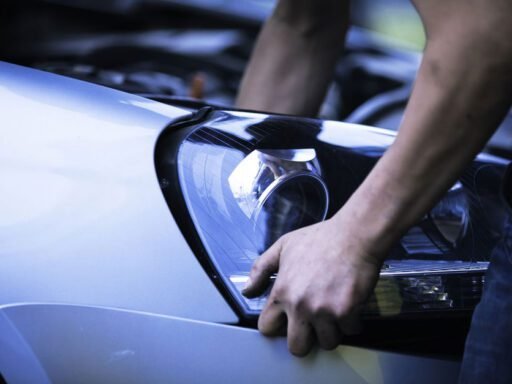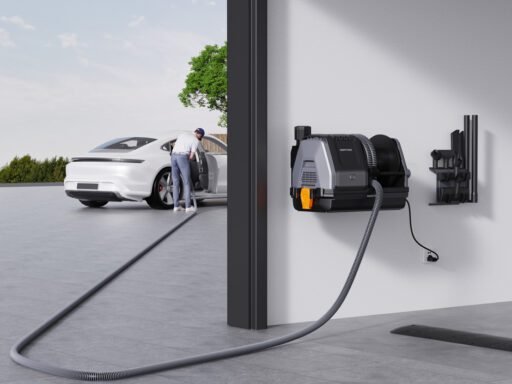Discover the essential steps for maintaining your car and ensuring its longevity with our comprehensive guide. As a responsible car owner, proper maintenance is key to a smooth-running vehicle and can save you from costly repairs down the road. Let’s delve into the beginner-friendly guide for car maintenance.
Essential Tips for Car Maintenance
1. Understand Your Vehicle
Refer to your car’s owner’s manual for crucial information such as maintenance schedules, recommended fluids, and tire pressure. Adhering to the manufacturer’s guidelines is vital for optimal performance.
2. Regular Oil Check and Change
Oil is the lifeblood of your engine. Check the oil level regularly and change it according to your car’s specifications. This prevents engine damage and enhances overall performance.
3. Maintain Proper Tire Pressure
Regularly check and maintain the right tire pressure as indicated in your owner’s manual. Properly inflated tires not only improve gas mileage but also extend tire life.
4. Brake Inspection
Ensure your safety by regularly inspecting and replacing brake pads when needed. Address any unusual noises or vibrations immediately by consulting a mechanic.
5. Battery Care
Keep your car battery clean, free of corrosion, and inspect terminals for damage. A well-maintained battery is crucial for preventing breakdowns.
6. Air Filter Replacement
Replace your air filter as recommended to prevent dust and debris from entering the engine. A clean filter improves performance and prevents potential engine damage.
7. Regular Fluid Checks
Check and replace fluids like brake fluid, transmission fluid, and coolant according to your car’s maintenance schedule. This ensures optimal functionality.
8. Keep Your Car Clean
Regularly washing and waxing your car doesn’t just enhance its appearance but also protects it from rust and corrosion. Interior cleanliness is equally important to prevent dirt buildup.
Step-by-Step Maintenance Tasks
Checking and Changing Oil
- Park on level ground and turn off the engine.
- Locate the oil dipstick, remove it, and wipe it clean.
- Reinsert and remove the dipstick to check oil level.
- If low, add recommended oil type.
- Change oil and filter if needed.
Maintaining Proper Tire Pressure
- Find recommended pressure in the manual or driver’s door.
- Use a pressure gauge to check each tire.
- Fill with an air compressor if pressure is low.
- Recheck pressure to ensure it’s correct.
Air Filter Replacement
- Locate the air filter under the hood.
- Remove the cover, take out the old filter, and inspect for dirt.
- Replace with a new filter, ensuring proper seating.
- Reattach the cover.
Checking Fluids
- Consult the owner’s manual for maintenance schedules.
- Park on level ground, turn off the engine.
- Locate and check fluid levels in each reservoir.
- Add recommended fluid if low.
- Inspect fluid for color and consistency; replace if necessary.
By following these comprehensive tips and step-by-step instructions, you can master car maintenance and ensure a reliable and efficient vehicle. If unsure, always seek professional assistance from a trusted mechanic.






